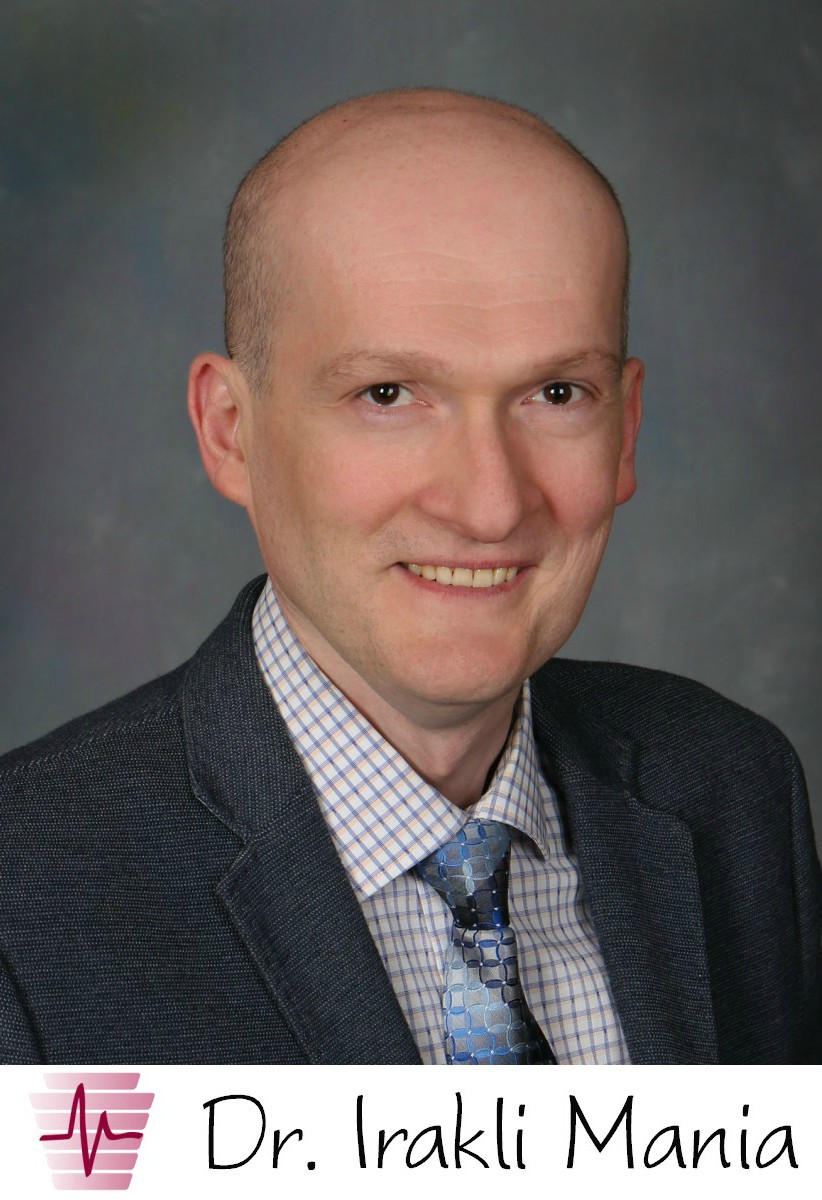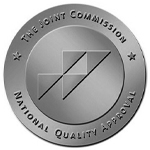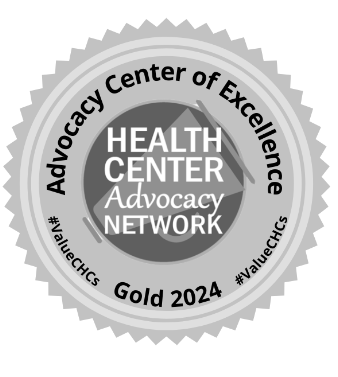 Approximately 7% of Americans are suffering from Major Depressive Disorder (MDD). Unfortunately, this disorder can be debilitating and many people who live with it struggle to find a treatment that works for them which doesn’t also cause unpleasant side effects.
Approximately 7% of Americans are suffering from Major Depressive Disorder (MDD). Unfortunately, this disorder can be debilitating and many people who live with it struggle to find a treatment that works for them which doesn’t also cause unpleasant side effects.
Dr. Irakli Mania, Psychiatrist and Medical Director of Keystone Behavioral Health, has begun providing a new type of treatment to some of his patients – Transcranial Magnetic Stimulation (TMS). While this type of treatment has been deemed safe and effective for years, patients previously had to travel out of the Chambersburg area to receive it. This non-invasive procedure targets the brain directly instead of going through the patient’s bloodstream, and has shown positive results in worldwide studies, and with Mania’s own patients.
If you have been diagnosed with MDD and medications are not working or are causing strong side effects, you may be a good candidate for TMS. In today’s article, Mania answers some frequently asked questions about this type of treatment.
What is Major Depressive Disorder?
Major Depressive Disorder (MDD), also known as clinical depression, is a serious and often chronic condition. Symptoms include a depressed mood, lack of interest in previously enjoyable activities, changes in appetite and weight, and changes in sleep and energy level. It is often accompanied by concentration and memory problems and in some cases can lead to suicide.
Usually MDD is treated with medications and/or psychotherapy. Despite the advances in our ability to recognize this illness and advances in pharmaceuticals and psychotherapeutic techniques, we still have a huge number of individuals who have what we call Treatment Resistant Depression. Their quality of life is very poor. In fact, MDD is one of the leading causes of disability worldwide according to World Health Organization.
What is TMS?
TMS involves directly stimulating neurons of the brain through the skull. It has been FDA approved for the treatment of MDD since 2008. This is a treatment that is getting a lot of attention and we will soon be able to treat more psychiatric conditions with it. In addition to depression it was recently approved by the FDA for the treatment of Obsessive Compulsive Disorder. It has been successfully used for substance use disorders, anxiety, and many other psychiatric and non-psychiatric conditions.
What’s the treatment like?
TMS is a non-invasive procedure done in a doctor’s office. The patient sits comfortably in a chair and a magnetic coil is placed on his or her head. The patient may feel a tapping sensation on their head during the treatment, which lasts for about 30 minutes. There is no anesthesia or recovery time, and the patient is able to leave right after the procedure without any limitations to driving or activities. In order for the treatment to be effective it has to be done on a daily basis (five days a week) for 4-6 weeks. It may seem like a big commitment to visit a doctor’s office this frequently but often it is well worth the effort. Most people see results within two to four weeks, but some require more time.
Who are good candidates for TMS?
TMS is usually recommended upon failure of one or more antidepressant medications and/or psychotherapy. Also, individuals with MDD who are not able to tolerate medications could be good candidates for this treatment.
If someone has a ferromagnetically sensitive object (metal) in or near their head, TMS therapy is not an option. Examples may include implanted devices like cochlear implants and aneurism clips but also any metal containing tattoo or eyeliner. Of course there are other conditions that a doctor has to evaluate in order to proceed with treatment. For instance, a history of seizures, stroke, or a brain tumor may eliminate someone from TMS treatment.
Does it have side effects?
Side effects for TMS are rare and usually subside within days. TMS has very low dropout rates compared to medications that have side effects. Common side effects of TMS include headache, neck pain, irritation of the stimulation site, and ringing in the ears. They tend to go away within few days of treatment because the patient gets used to the stimulation. On the more severe spectrum there is a risk of seizure, though this is extremely rare (less than 1 in 30,000). This particular side effect is getting more and more rare because of the precautions doctors are taking and the care that TMS teams deliver on a daily basis.
Is it effective?
TMS is a very effective treatment for depression. Rates of success vary from clinic to clinic and from study to study. Response rates are as high as 70% and remission rates (complete absence of symptoms) are as high as 40%. It is important to note that individuals receiving this treatment have treatment resistant depression and the chances of them getting better with other traditional methods are nearing zero. The best predictor of success is the degree of treatment resistance, meaning that if TMS is used earlier the success rates are even higher.
Even though my personal experience with this treatment is limited, with only four patients having undergone the treatment so far, we are proud to report that all four are doing better.
For more information on TMS therapy, call (717) 709-7933.
This article contains general information only and should not be used as a substitute for professional diagnosis, treatment or care by a qualified health care provider.




